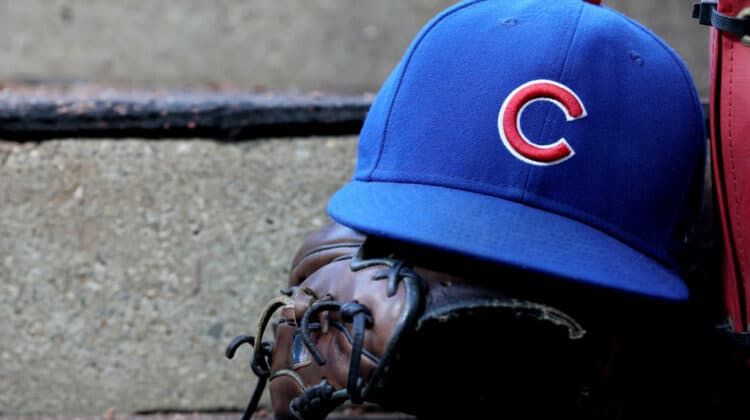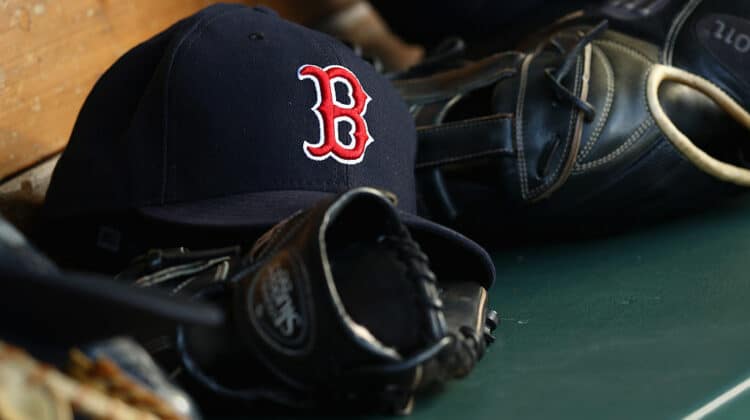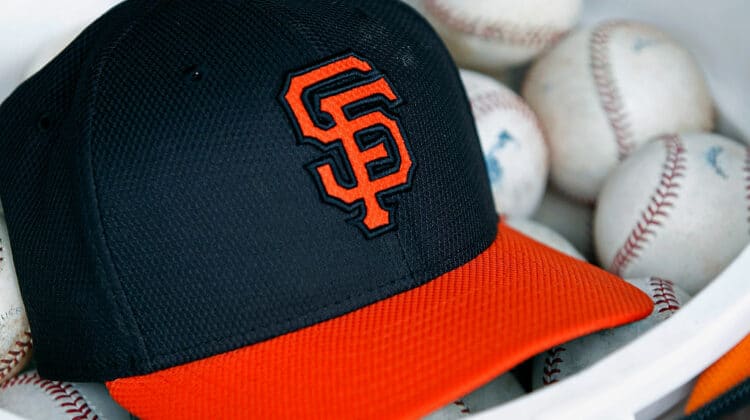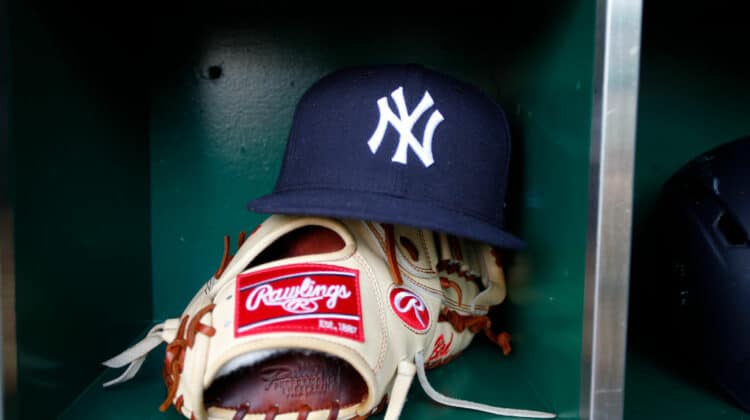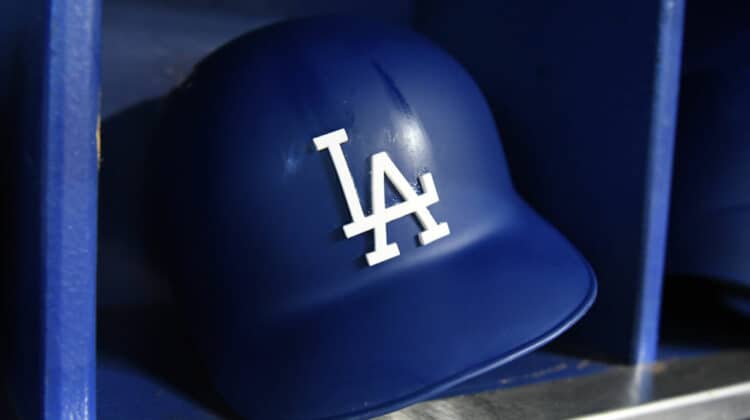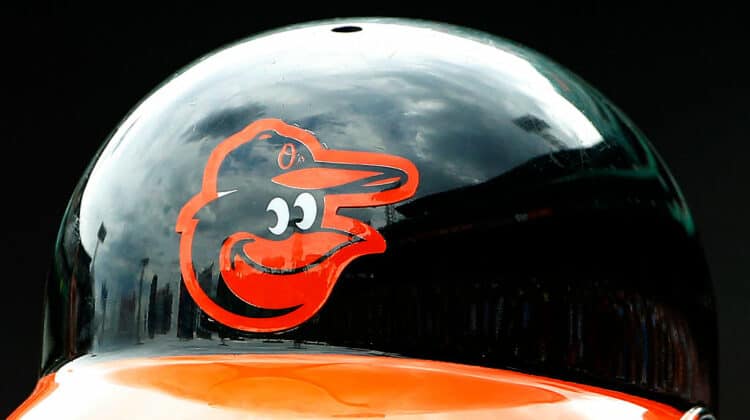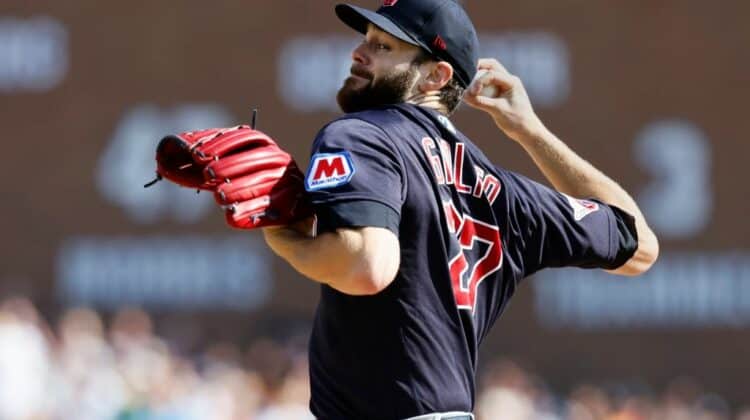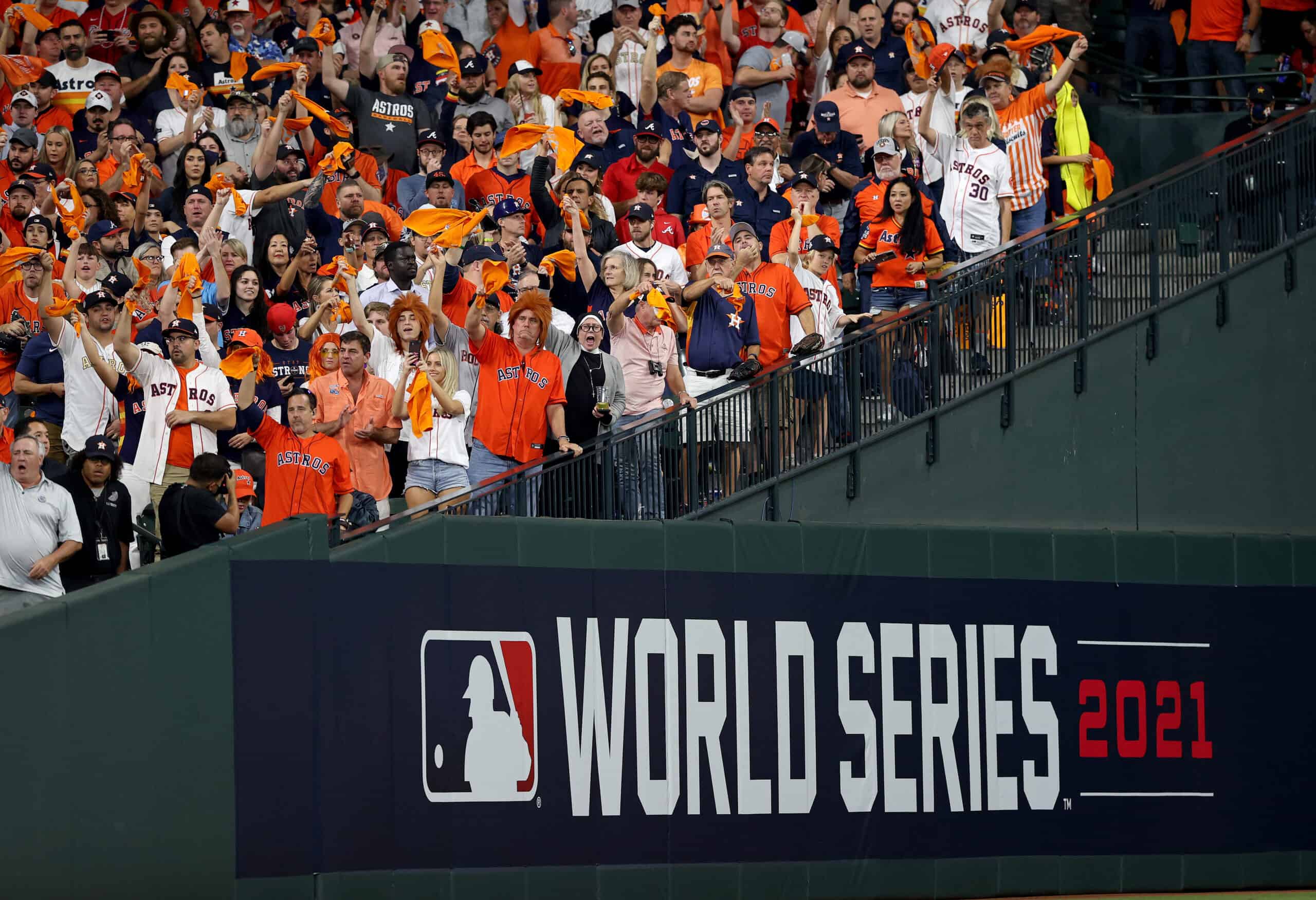
Since December 1, MLB owners imposed a transaction lockout, preventing teams from performing any moves (free agent signings, trades, and others) until a new CBA deal is negotiated.
They thought, at the time, that the lockout would somehow accelerate negotiations and both sides would find a quick resolution.
Well, the sides haven’t spoken in weeks, and MLB, as a result, is projecting a petty image to the world.
The league is, without a doubt, hurting its popularity among sports fans with its stubbornness.
The Ugly Side Of Negotiations
The 2020 season, played in the middle of a pandemic, showed us how ugly negotiations between the MLBPA (the league’s Players Association) and owners can get.
They took months to agree on the conditions for the 2020 campaign, and the primary roadblock was the players’ compensation under the unique circumstances.
The public image of Commissioner Rob Manfred was shattered.
This time, the regulatory instrument that oversees all MLB-related matters expired on December 1, and a new one needs to be negotiated.
Both sides knew that for months, yet here we are, in early January and with no solution in sight.
ESPN insider Jeff Passan wrote a whole article detailing the situation (subscription required), but summed things up in one tweet.
"What the f— are we doing?"
It's been more than 30 days since MLB's lockout started and the sides haven't had one substantive conversation. Spring training is fast approaching. At ESPN+, a look at how bad things are — and a potential path to a deal: https://t.co/M4cgjfeLwp pic.twitter.com/ykIvsOFg94
— Jeff Passan (@JeffPassan) January 5, 2022
“It’s been more than 30 days since MLB’s lockout started and the sides haven’t had one substantive conversation. Spring training is fast approaching,” he said.
The fact that the sides aren’t even talking is extremely worrisome, and we are moving closer to worrisome territory: the possibility of losing games on the 2022 calendar.
Analysts concurred that if both parties couldn’t agree on a new CBA deal by February (the month in which players start reporting to camp sites for spring training), games could be in jeopardy.
We are still not at that point, but the date is quickly approaching.
Basically, money is the primary roadblock again in negotiations.
The MLBPA wants minor leaguers and younger players with little service time to make substantially more money.
The Primary Obstacles Toward A Deal
They defend that they should be paid more while they are younger and closer to their prime, as opposed to when they hit free agency at around 30 years old.
They also want better conditions for minor leaguers, including housing.
The MLBPA also would like to prevent service time manipulation by teams.
The owners, meanwhile, would like to keep the salary structure as it is right now: MLB players are currently paid near the league minimum (around $600,000) in their first three seasons in the majors.
Players want that to change.
Owners, additionally, would like expanded playoffs, while players would prefer the universal designated hitter rule.
It seems like a complex negotiation because both sides appear to want entirely different things.
At the moment, it appears unlikely that both parties are able to hammer out a deal in January, with so many details to discuss.
The league projected an ugly image during 2020’s negotiations, especially MLB owners.
The situation is no different this time around: fans want baseball, and the league itself is its worst enemy because it is doing whatever it can to ruin its image and popularity.
There are two main problems with MLB:
1) the commissioner works for the owners
2) the commissioner is Rob Manfred
— JudeKam⚾️📸 (@baseballgods16) January 4, 2022
Generally speaking, people are siding with the players because they are mad at the fact that billionaire owners are trying to avoid giving more money to the ones that put on the show.
NEXT: Mark McGwire Vs. Sammy Sosa (Who Was Better?)


